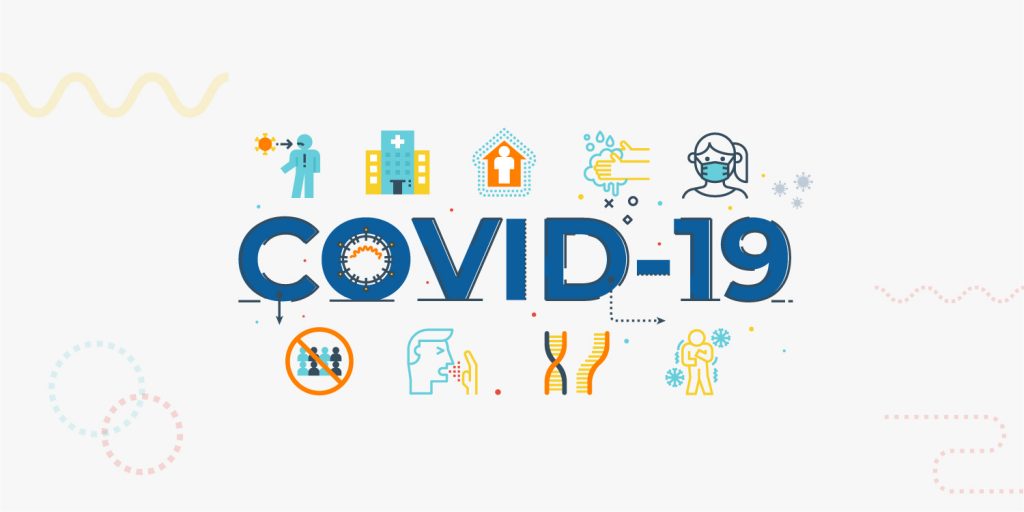The escalation of the COVID-19 threat has forced thousands of companies worldwide to implement various measures to limit contamination by ensuring employees avoid contact with one another. The past week has come with the news that more than 1 billion people are in self-isolation. Wherever possible, organizations have instituted rapid measures to avoid the spread of the virus with work-from-home policies.
The challenges brought by these new remote work structures have been felt by every organization. Not only has the well-being of employees been at risk, but also the security of major players across every industry. The forced digitalization in various sectors has left an open door to cybercriminals who are only accelerating their efforts during the world’s tragedy. Cybercriminals are, after all, eagerly looking for easy online prey. In fact, even hospitals around the world have seen unprecedented cyberattacks. In response, a security company is offering free services for all hospitals.
During these uncertain times, security and IT departments have been pondering the risks associated with remote working, VPN capabilities, and remote identity and access management. But it’s not only companies that are at risk. Universities and learning institutions around the world are struggling with their online capabilities, juggling identity verification methods and security.

Coronavirus Work from home best practices
If your company or school is new to working from home or online education, the first thing you need to do is focus on security. Since studies show that more than 28 percent of data breaches are caused by employees, additional security measures must be taken into consideration to avoid corporate network intrusion.
Specifically, web security protection on endpoints using continuous authentication must be deployed. You also need to educate your users about anti-phishing methods.
Unfortunately, with a lack of time to prepare for such measures, statistics show that Italy is experiencing some of the highest volumes of cyberattacks right now. Remote credential theft has spiked in the past month. A common attack vector is emails, with weaponized documents such as office exploits and malicious executables. Another example comes from the World Economic Forum: Coronavirus statistics site Worldometers.info and the U.S. Department of Health and Human Services have both been the target of cyberattackers looking to disrupt operations and information flow.
Protecting against such malicious activity network security requires monitoring and logging tools and ensuring all software is updated. To this end, our partners at GreatHorn are offering their Email Security platform free for the next 60 days. GreatHorn enables advanced analysis of most sophisticated threats, in-the-moment warnings to educate employees, and robust search and remediation to reduce exposure time. Their powerful platform can be deployed in five quick minutes.
Email and endpoint security might not be enough, though. Fear and stress can also play a role in attack vectors. A malware concealed in a map displaying coronavirus statistics loaded from a legitimate online source was spread online through downloads aiming to compromise sensitive information. To avoid the same fate, practice these seven science-backed anxiety coping strategies whenever possible.
IT security plays a major role in fighting back against cyberattacks. Setting up VPN infrastructure and increasing simultaneous VPN connections is another step in supporting a large number of employees working from home. To ensure productivity from home, conferencing software is also very important especially when online meetings have replaced face-to-face connections amid quarantines. Keep in mind that you need to be cautious when setting up such meetings since reports show a new type of trolling emerging as more employees use Zoom video calls to connect. Rules and guidelines must be followed when working from home and companies should always list the software applications and collaboration platforms that are safe to use.
Lastly, identity and access management solutions are easy to implement and necessity companies must invest in. Our partners at Optimal IDM successfully use TypingDNA’s solutions to offer behavioral authentication with typing biometrics to secure their systems. Learn more about their journey.
Learn from home
Quarantine measures around the world have seen schools closed in over 50 countries and high demand for distant learning and online universities. A high number of students have access to hardware and software that allows them to participate in online courses. But the supervision and proctoring capabilities of online exams are limited.
In the past four years, TypingDNA has been developing typing biometrics, a technology that allows students to prove their identities by simply typing a short text on their keyboards. To verify students’ identity and offer great user experience, proctoring companies worldwide have successfully deployed TypingDNA’s solutions.
COVID-19 is disrupting education. We want to help by offering schools and universities our typing biometrics authentication API service for free within their learning management platforms. Find out more.
From our team to yours, stay safe out there, keep your networks and systems secure, and we’ll all get through this together.

